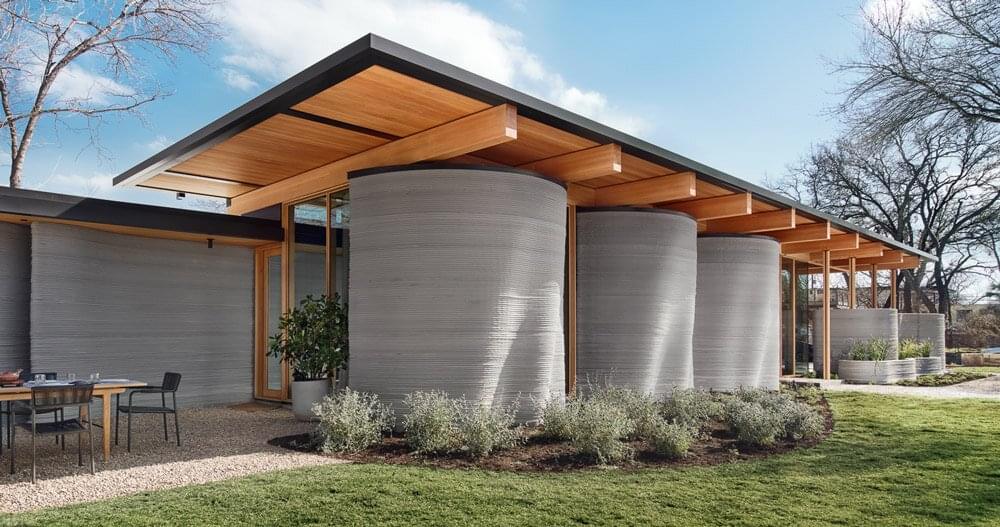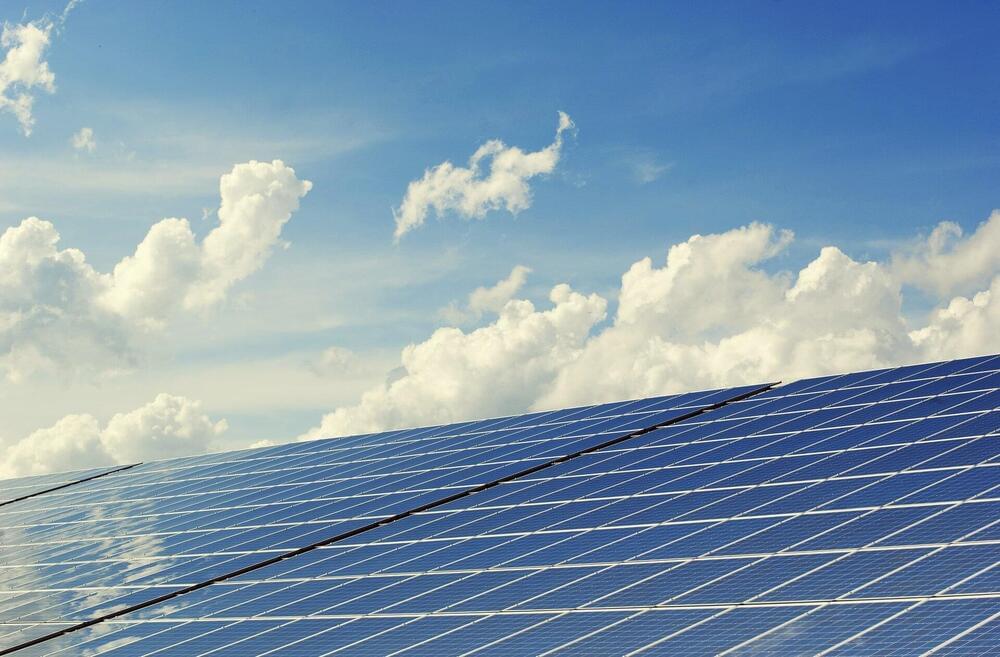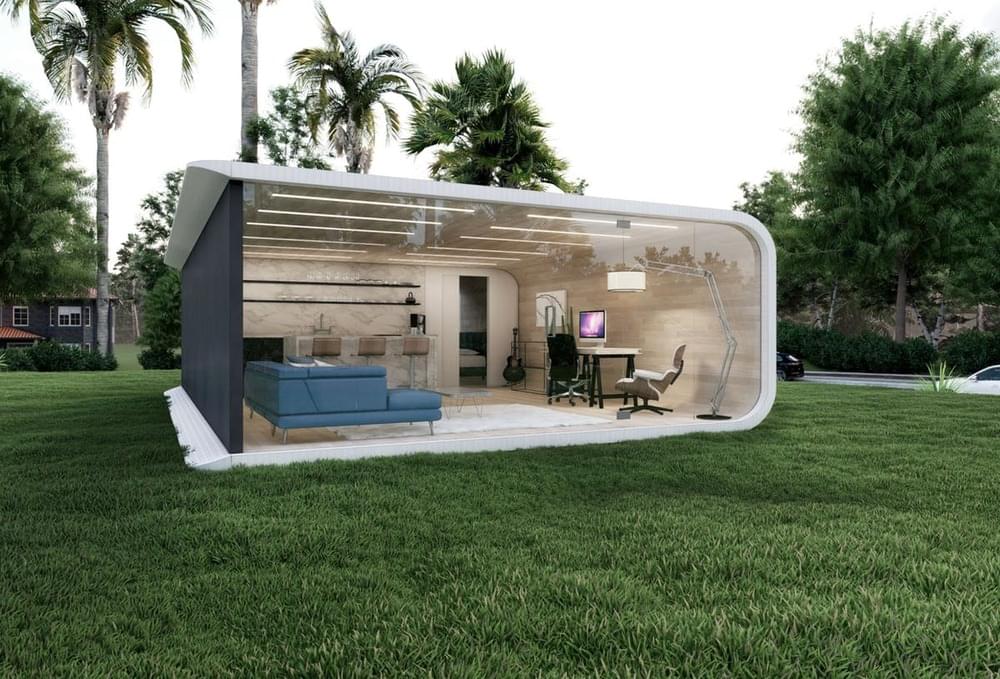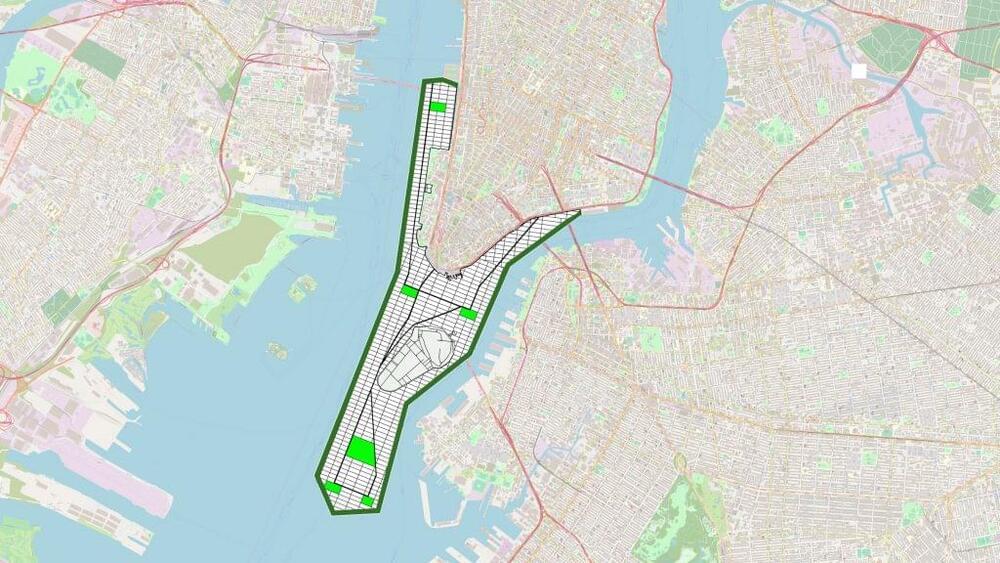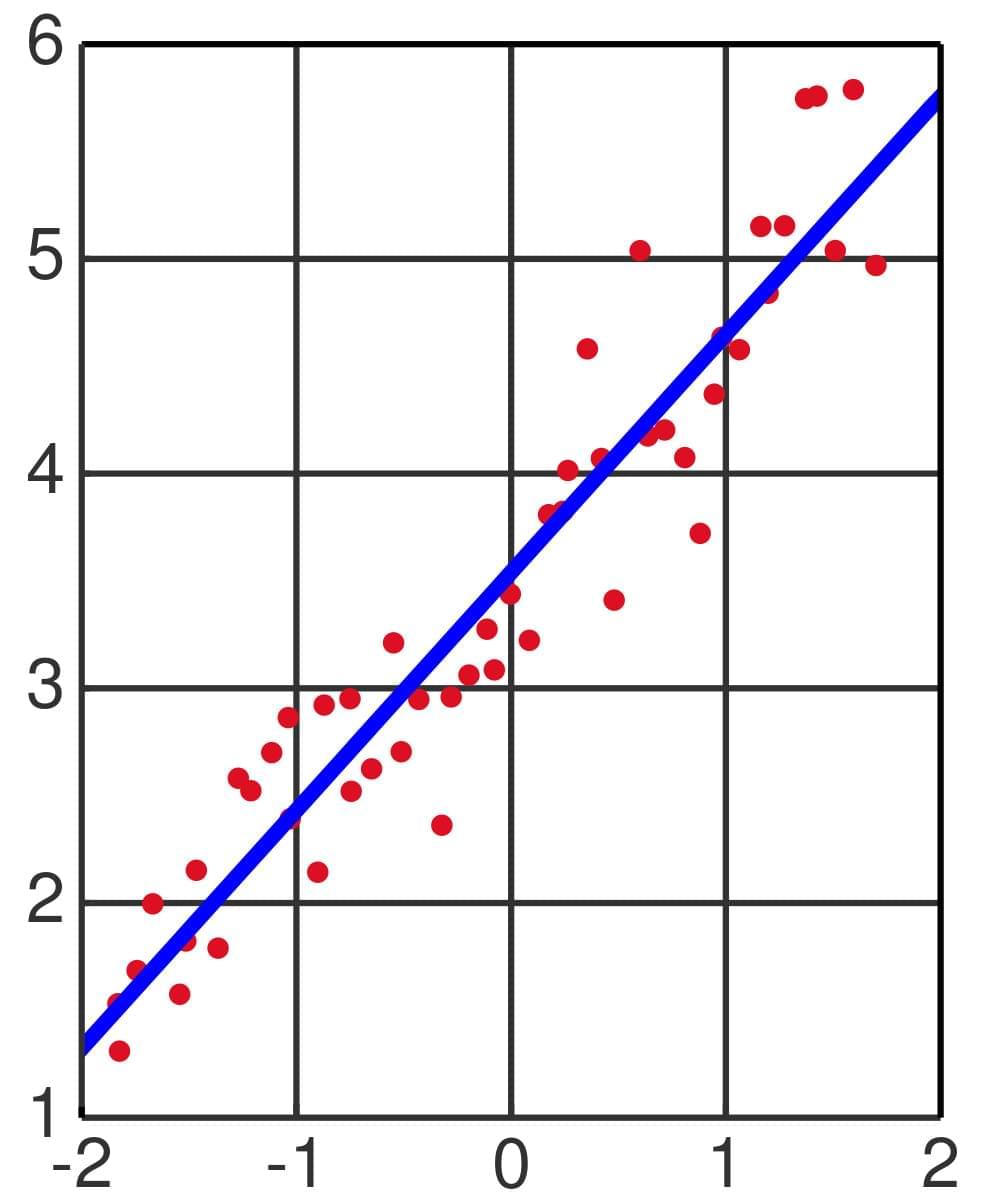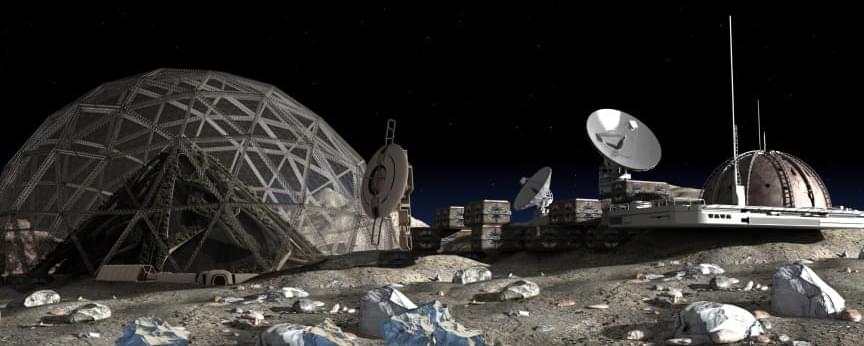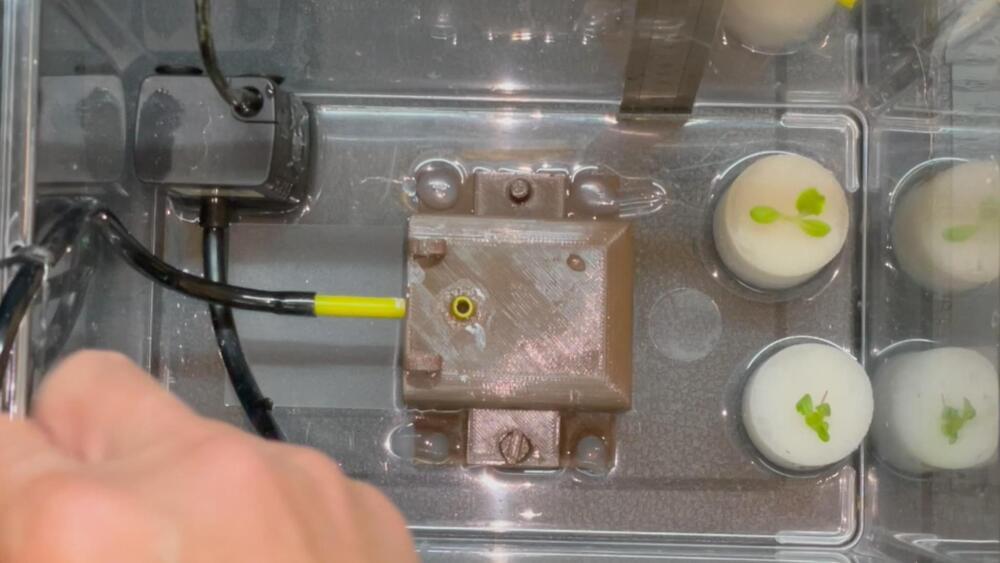Mar 2, 2022
Meta says its metaverse ambitions won’t be possible without better cellular networks
Posted by Shubham Ghosh Roy in category: habitats
Meta, formerly Facebook, has said that its grand ambition of building the ultimate “metaverse” won’t be possible if there aren’t drastic improvements in today’s telecoms networks.
The metaverse is a buzzword that’s being hyped up as the next big thing in tech. Broadly speaking, the concept refers to a seamless virtual world where people can work, shop and play with their colleagues, friends and family.
Dan Rabinovitsj, VP of connectivity at Meta, told CNBC at the Mobile World Congress tech event Monday that home networks and cellular networks aren’t yet ready for the metaverse.

